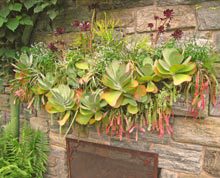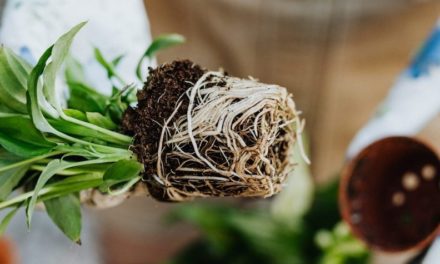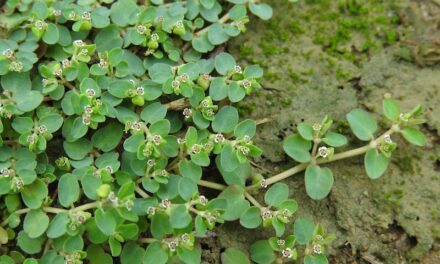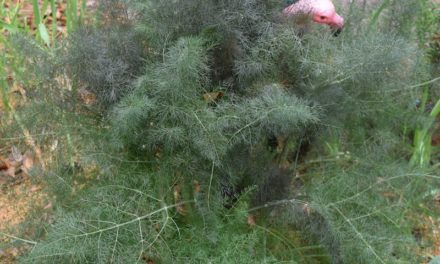 It’s July, it’s hot, and we need to talk about plants that can handle this weather without getting the vapors. I have often written of the drip system I use for my many containers which gives me the freedom to travel without worrying about having dried arrangements when I get home. There are a few places in the garden where using drip irrigation is inconvenient. In those areas I use pots of drought-tolerant plants, the best of which are the many succulents.
It’s July, it’s hot, and we need to talk about plants that can handle this weather without getting the vapors. I have often written of the drip system I use for my many containers which gives me the freedom to travel without worrying about having dried arrangements when I get home. There are a few places in the garden where using drip irrigation is inconvenient. In those areas I use pots of drought-tolerant plants, the best of which are the many succulents.
A succulent plant is one that can successfully survive drought by storing water in fleshy stem and leaf tissue. They have adapted over the ages in their dry native habitats. Sedums, Stonecrops, Aloes, Agaves, Euphorbias, Echeveria, Crassulas and Cacti are all examples of succulents.
Not all that long ago, the selection of succulents was limited; we all remember the Jade plants and the hens and chicks; there were few others. When people began to learn about the importance of conserving our water resources, the growers quickly saw an opportunity and began hybridizing succulents from around the world, and today there is a never ending variety available. The best part is that, with proper care, many of them are hardy and long-lived for us.
While there are many tropical succulents, still others are found as native plants in both desert and mountainous regions where freezing cold and dry weather is the norm in the winter. The key to keeping them happy here is drainage, they must have excellent drainage just as they would have in their native habitats. Our soils here tend to stay damp and wet during our winters so succulents do better in containers where the soil will stay drier. You will want to use a very porous potting mix. For each quart of commercial potting mix I would add an extra cup of sand and/or perlite. A light dose of a timed release fertilizer mixed into the potting medium would be a good thing. Succulents are not heavy feeders, a little bit is plenty. Their needs are so minimal they can even stay in the same pot for many years. I love such forgiving plants.
Succulents bloom and some are quite striking. The deep burgundy Aeonium Schwartzkopf sports a spike of fire engine red flowers. Other flowers are not so showy; the interest is in the colors and shapes of the leaves. Senecio mandraliscae is a soft blue color; Echeveria ‘Afterglow’ is lavender. Sedum nussbaumerianum is a bright orange color and it looks fabulous spilling out of a lime green bowl. The options are endless. Some have pointy spines, but I tend to stay away from those and concentrate on the different colors and shapes. Their minimal needs mean you can plant them individually in fairly small containers such as a small tea cup or you can use your imagination and group different plants in a larger container. In Charleston recently, Master Gardener Joan MacDonald planted a rendition of a van Gogh painting, it was done entirely in various colored sedums, set in a large frame on an easel. It was stunning, and what fun!
An excellent book on the subject is Succulent Container Gardens by Debra Lee Baldwin. The pictures alone are worth the price of the book. Keep your eyes open for interesting plants and try some. These are some of the easiest plants to grow and they are also among the least expensive. What more could you ask for?








